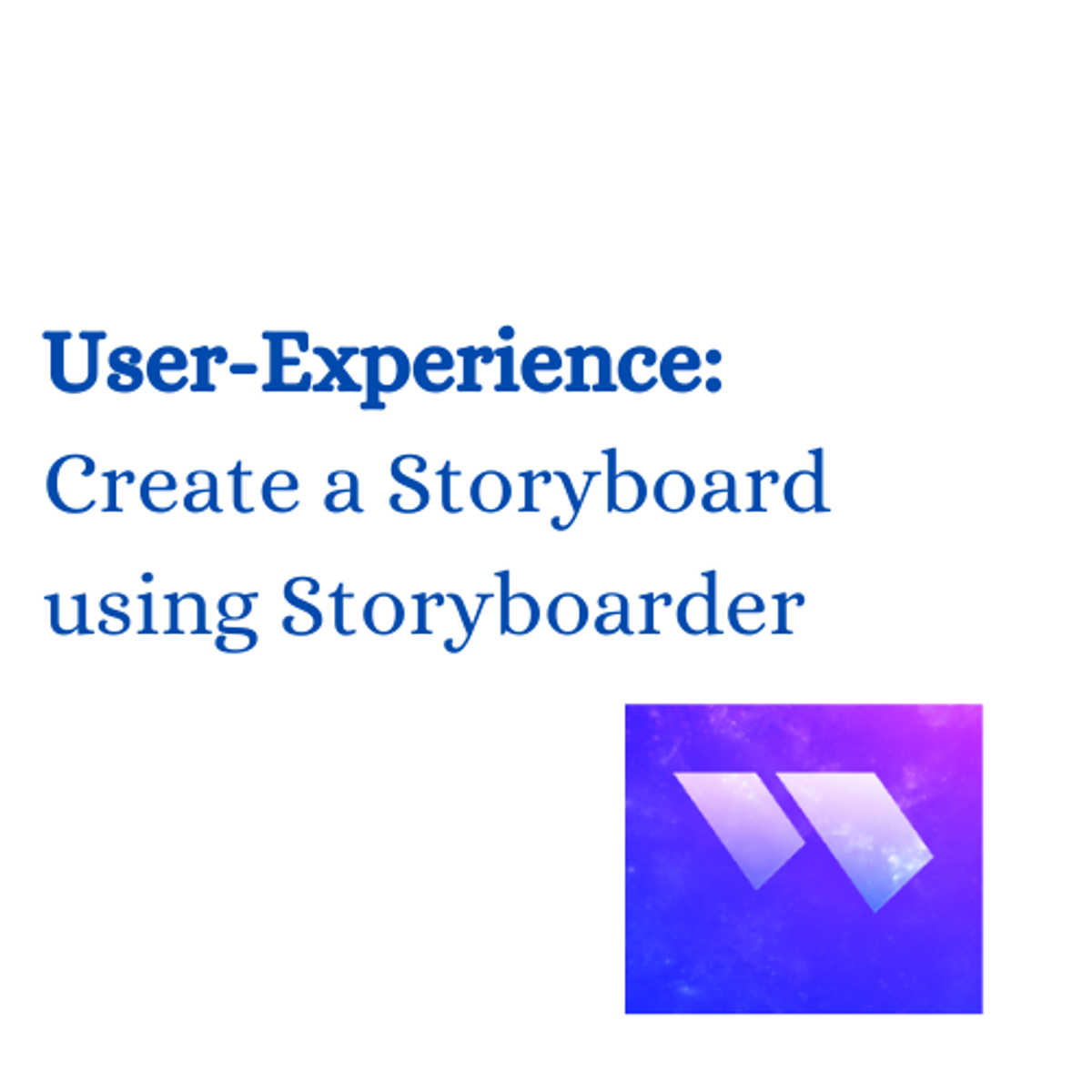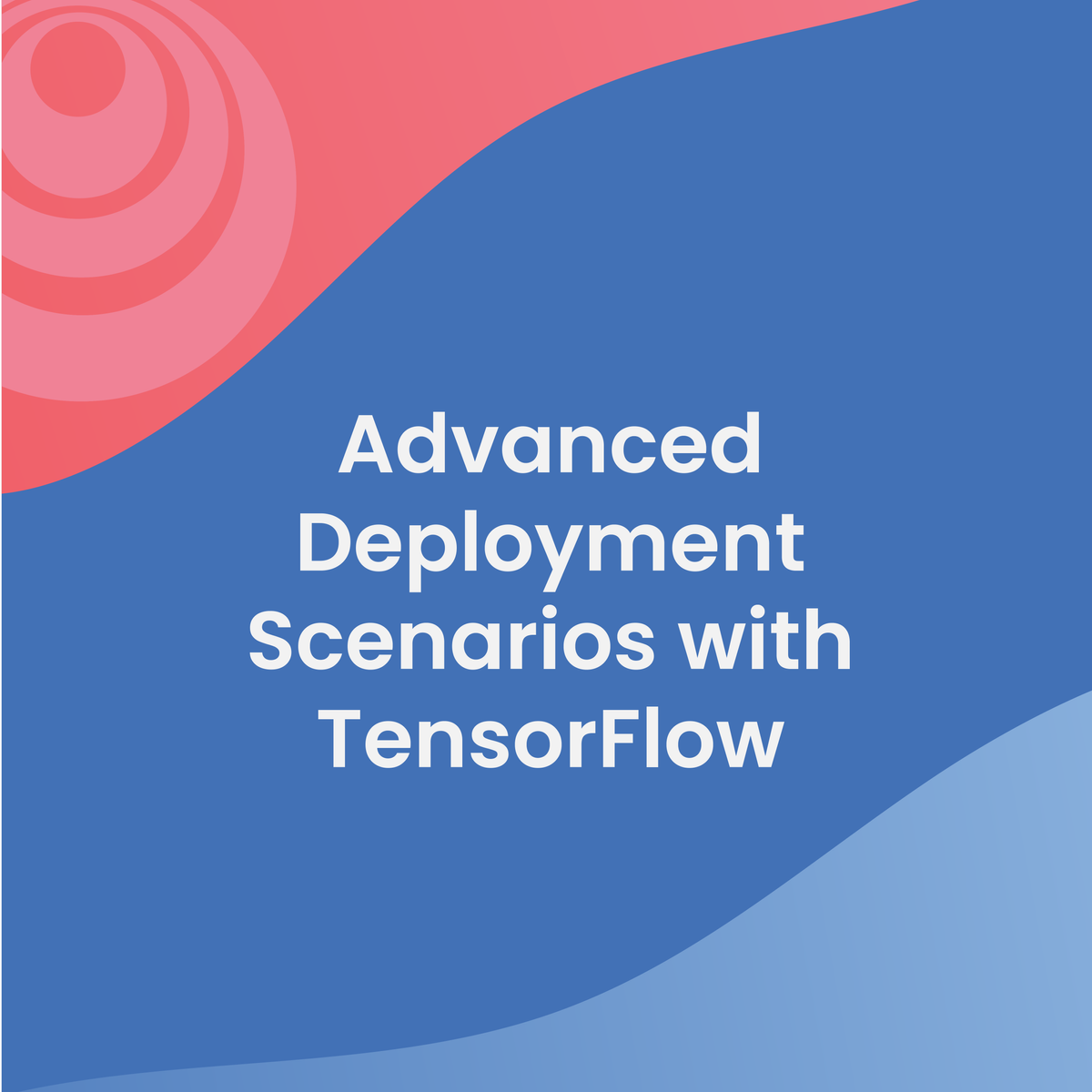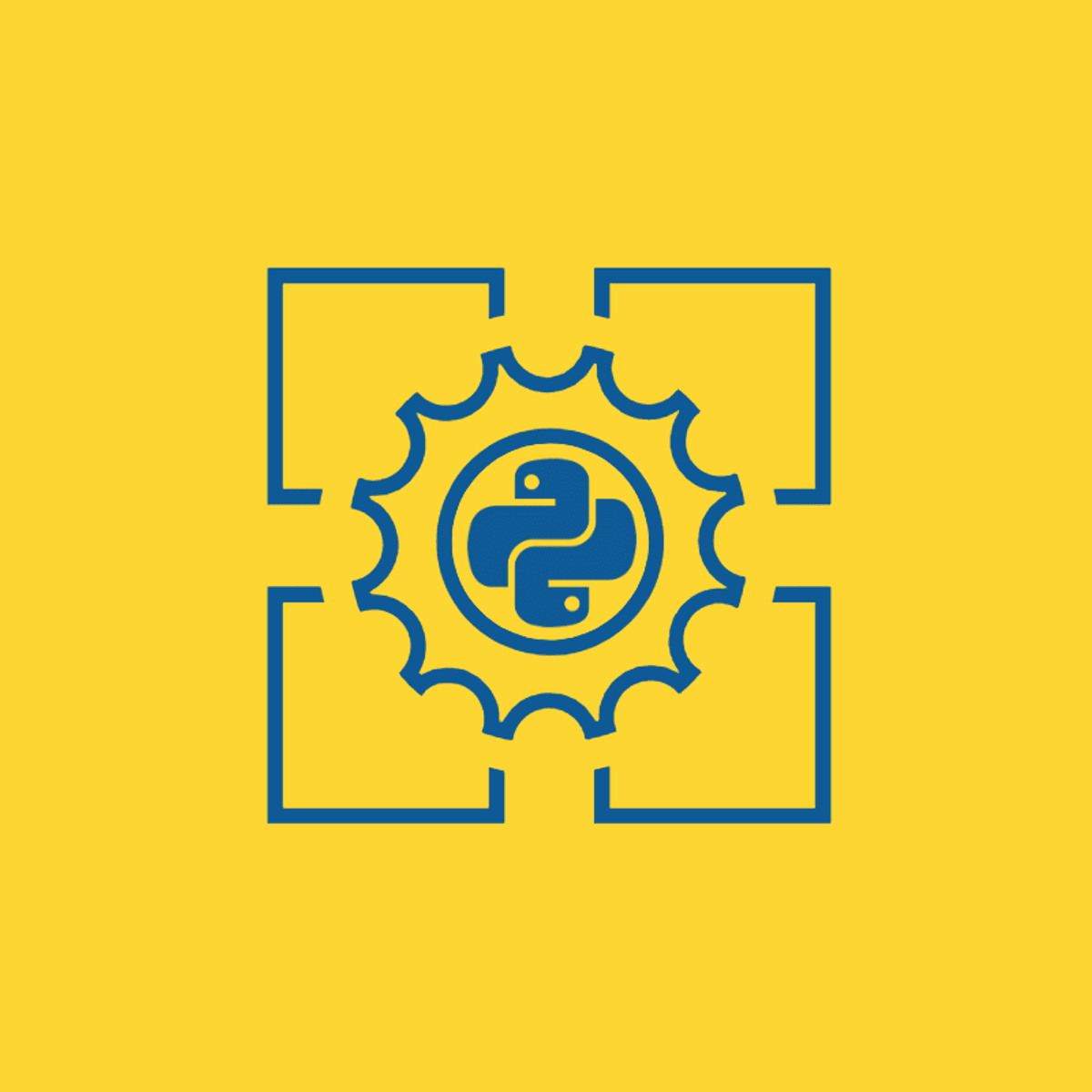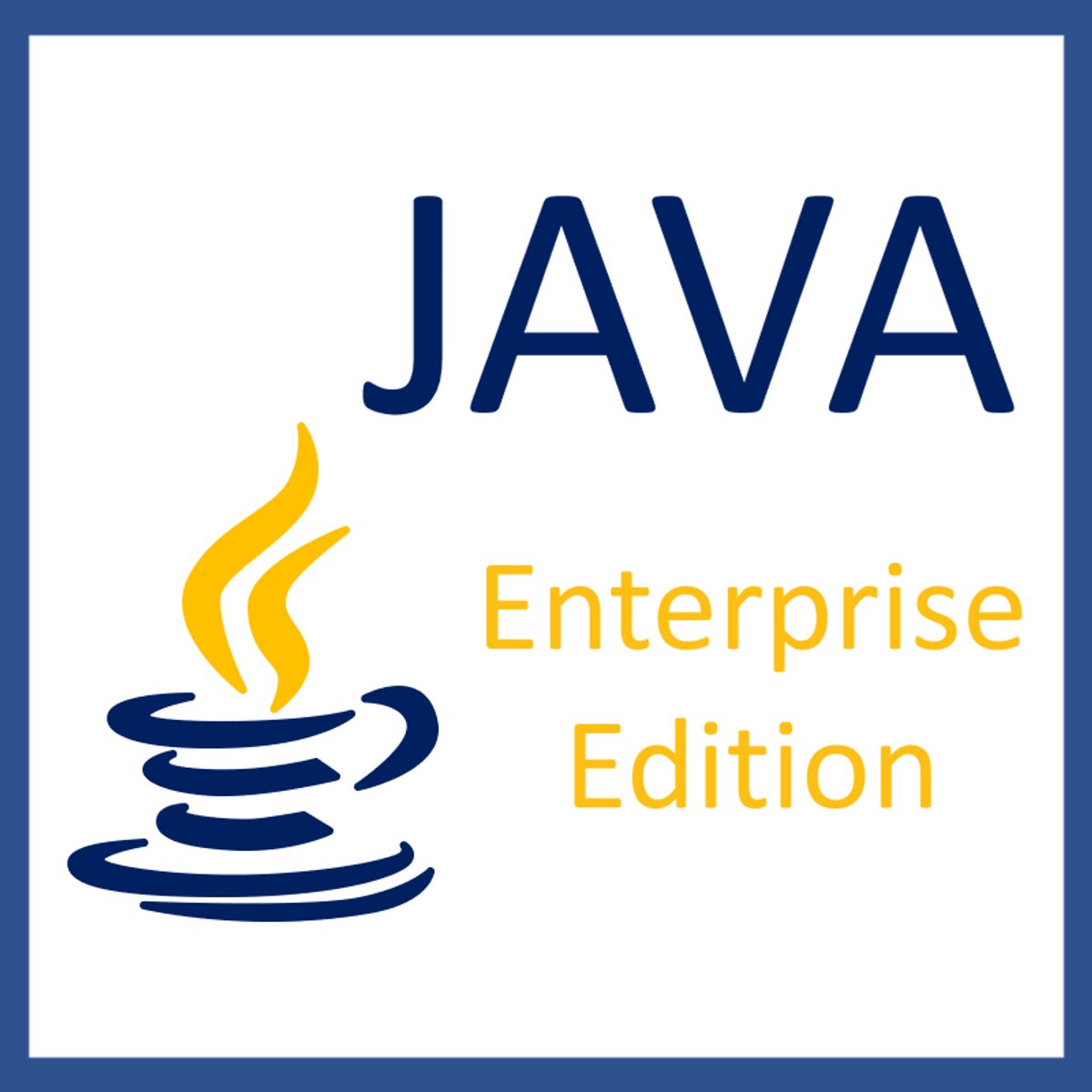Back to Courses









Computer Science Courses - Page 123
Showing results 1221-1230 of 2309

User-Experience: Create a Storyboard using Storyboarder
By the end of this project, you will be able to create a detailed storyboard illustrating an entire overview of a person’s routine. Throughout the project, you will be able to use and control the tools in the Storyboarder software to develop detailed illustrations. Moreover, you will create and apply pre-defined functions.
This guided project is for beginner designers and/ or new business developers who want to visualise their observation research into a diagram. By creating a detailed storyboard it will help the designers/ entrepreneurs to analyse the entire daily routine of a user. This will help them highlight key problems/ struggles in a user’s day. This leads to the next step which is to choose one of those key problems and create an innovative design solution.
In this project, we’ll be using Storyboarder, which is a completely free platform where we can write and create our storyboard.

How to find audience interests with Meta Business Suite
Facebook has a new name, and with that new name also, a new platform for their businesses. Now, better known today as Meta has a new view of everything in the Business Suite, and we want to show you how the new tools work. These will show you how to find Facebook Audience Insight. This project will show the tools you need to know this game of Meta Business Suite. That will help you find the audience following you, the one you want to impact, and how this affects or provides better options for your business. You will know all the statistics, ages, countries, or cities where your followers or buyers are registered. So in this project, you will see all the options available to create content and ads aimed at your audience, which points to fantastic opportunities for your business. You will be able to see how to create an ad aimed at the audience you want and validate how the campaigns you have created offer feedback. This project is for you if you want to learn about everything Meta Business Suite offers in your audience area. We are going to practice and put hands-on work on what we learn. Be prepared to learn a lot and practice for your next project.

Advanced Deployment Scenarios with TensorFlow
Bringing a machine learning model into the real world involves a lot more than just modeling. This Specialization will teach you how to navigate various deployment scenarios and use data more effectively to train your model.
In this final course, you’ll explore four different scenarios you’ll encounter when deploying models. You’ll be introduced to TensorFlow Serving, a technology that lets you do inference over the web. You’ll move on to TensorFlow Hub, a repository of models that you can use for transfer learning. Then you’ll use TensorBoard to evaluate and understand how your models work, as well as share your model metadata with others. Finally, you’ll explore federated learning and how you can retrain deployed models with user data while maintaining data privacy.
This Specialization builds upon our TensorFlow in Practice Specialization. If you are new to TensorFlow, we recommend that you take the TensorFlow in Practice Specialization first. To develop a deeper, foundational understanding of how neural networks work, we recommend that you take the Deep Learning Specialization.

Jet Fighters Game using Pygame
By the end of this project, you will create a fully functioning 2 player jet fighters game using Pygame in Microsoft Visual Studio Code. This project will give you a great head start towards learning more and mastering one of the most used programming languages in the world. In this project you will be able to identify and apply many basic fundamentals such as data structures, variables, loops etc. and create a GUI with dynamic labels and dynamic objects. Learning and understanding Pygame in Python will help you progress in the programming field by creating simple Python applications.

Introduction to the C# Type System
By the end of this project, you will use the C# Type System to represent data in a C# program.
The C# type system is used to represent data of various types such as decimal, integer, character, and string in an efficient manner.

Autodesk Certified Professional: Revit for Structural Design Exam Prep
Prove to potential employers that you’re up to the task by becoming an Autodesk Certified Professional. This online course from Autodesk® introduces you to the advanced features of Revit™ for Structure, a tool to support Building Information Modeling and delivery of 3D digital models and related documentation. The course prepares you by offering an overview of skills that match what is covered on the Autodesk Certified Professional: Revit for Structural Design exam. The lessons are structured to match the exam’s objective domains and follow the typical workflow and features of the Revit software.
About the Autodesk Certified Professional: Revit for Structural Design exam:
A successful candidate for the Autodesk Certified Professional: Revit for Structural Design certification has a combination of approximately 400-1200 hours of training and hands-on experience with Revit in a structural environment; is familiar with product features and capabilities; and is knowledgeable in relevant workflows, processes, and project objectives. The candidate can perform routine tasks involved in their job role with limited assistance from peers, product documentation, and support services. The minimally qualified candidate can efficiently set up and manage a project and work in collaboration with colleagues. Additionally, the successful candidate can utilize Revit modeling and documentation tools and methodologies to produce quality deliverables working with minimal supervision.
The Autodesk Certified Professional (ACP) certifications exams can be taken at a Pearson VUE Testing Center or through OnVUE, Pearson VUE’s online proctored environment. Candidates are given 120 minutes to complete a certification exam and should review the testing center polices and requirements before scheduling. Ready to take the exam? Schedule to take the exam online or find a testing center near you on Pearsonvue.com/Autodesk.
Looking for more skill-building courses? Check out Autodesk’s additional learning resources to help with your learning journey: https://www.autodesk.com/learning

AWS Cloudfront: Serve content from multiple S3 buckets
In this 2-hour long project-based course, you will learn how to serve content from multiple S3 buckets using AWS CloudFront from the AWS console
Amazon CloudFront is a fast content delivery network (CDN) service that securely delivers data, videos, applications, and APIs to customers globally with low latency, high transfer speeds, all within a developer-friendly environment. Whereas Amazon Simple Storage Service (Amazon S3) is an object storage service that offers industry-leading scalability, data availability, security, and performance. By completing the steps in this guided project, you will successfully create multiple AWS S3 buckets & serve or distribute its content using AWS Cloudfront via AWS management console within the AWS Free Tier. You will also get hands-on setting up error pages, global distribution restrictions, etc.
Select Topics in Python: Django
Code and run Django websites without installing anything!
This course is designed for learners who some experience with Python but a novice to Django. The modules in this course cover setting up a Django project; understanding the relationship between views, templates, and URL patterns; introduces models and the database; styling with Bootstrap; and deploying Django.
To allow for a truly hands-on, self-paced learning experience, this course is video-free. Assignments contain short explanations with images and runnable code examples with suggested edits to explore code examples further, building a deeper understanding by doing. You’ll benefit from instant feedback from a variety of assessment items along the way, gently progressing from quick understanding checks (multiple choice, fill in the blank, and un-scrambling code blocks) to slowly building features, resulting in large coding projects at the end of the course.
Course Learning Objectives:
View, templates, and URL patterns
Models and the database
Styling with Bootstrap
Deploying Django

Build a simple API-driven e-commerce application
In this 1-hour long project-based course, you will learn how to build a simple restful API with python, create YAML and docker files, and how to connect containers together by means of a minimal website to create a fully interconnected microservice system using docker-compose.

Enterprise Java Beans (EJBs) and the Jakarta Persistence API (JPA)
The EJB architecture was the first component-based development model for Java EE specification. It consists of three main components; enterprise beans (EJBs), the EJB container, and the Java application server. In this course students will develop EJBs to run it run inside an EJB container, that is running on a Java EE compliant application server. Students will see that EJB Components enables you to build scalable and accessible enterprise applications
Popular Internships and Jobs by Categories
Browse
© 2024 BoostGrad | All rights reserved


